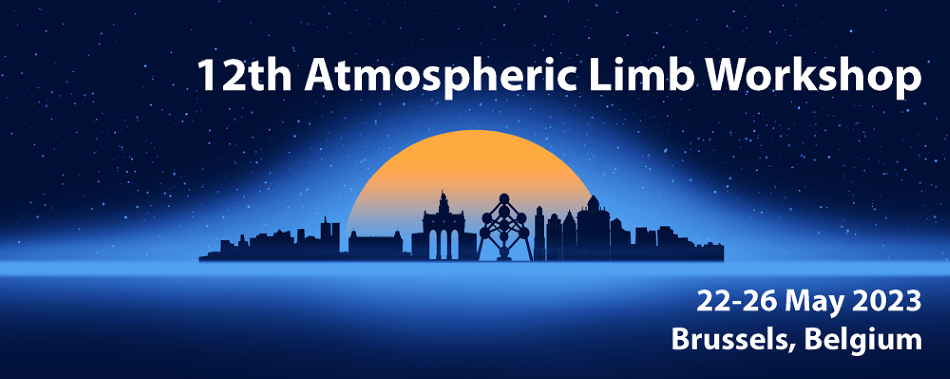Speaker
Description
Although a drastic increase in missions to Mars, many atmospheric processes are still not fully understood such as gravity waves, thermal tides, and CO$_2$ ice clouds. Those processes can be monitored by the NOMAD instrument which regularly scans the atmosphere of Mars since April 21, 2018. The main purpose of NOMAD is the detection and distribution of trace gas but also to monitor the density and temperature of the Martian atmosphere [1].
The SO channel of the NOMAD instrument is dedicated to solar occultation measurements and thus probes the Martian terminator. It is an infrared spectrometer (2.3-4.3 µm) composed of an echelle grating coupled with an acousto-optic tunable filter (AOTF) for the selection of the diffraction orders.
Solar occultation measurement provides self-calibrated transmittance spectra [2]. The CO$_2$ density profiles are retrieved with the ASIMUT radiative transfer code and regularized with an iterated Tikhonov method [3]. The regularization is fine-tuned with the expected error estimation method [4]. By selecting the right diffraction orders, SO can monitor the CO$_2$ density from the troposphere to the upper thermosphere (0 to 200 km). Temperature can then be retrieved from the CO$_2$ density and the hydrostatic equilibrium equation, or the intensity of the CO$_2$ spectral signature.
Comparisons are ongoing with the GEM-Mars general circulation model [5, 6] and with datasets from other instruments such as MCS on Mars Reconnaissance Orbiter [7] and ACS also on Trace Gas Orbiter.
The latest results from those retrievals will be shown, such as CO$_2$ ice clouds which can be inferred in the mesosphere (50 to 100 km) from the temperature profiles when the values are lower than the limit for CO$_2$ condensation and the infrared signal decreases. Thermal tides are also constrained from profiles recorded in close ranges in solar longitude, local solar time, and latitude.
References : [1] Vandaele et al., (2015), PSS ; [2] Vandaele et al., (2008), JGR (Planets) ; [3] Quémerais et al., (2006), JGR (Planets) ; [4] Xu et al., (2016), JQSRT ; [5] Daerden et al. (2022), JGR (Planets) ; [6] Neary et al. (2020), GRL ; [7] Kleinböhl et al., (2009) , JGR (Planets); Alday et al. (2021a), Nature Astronomy.

